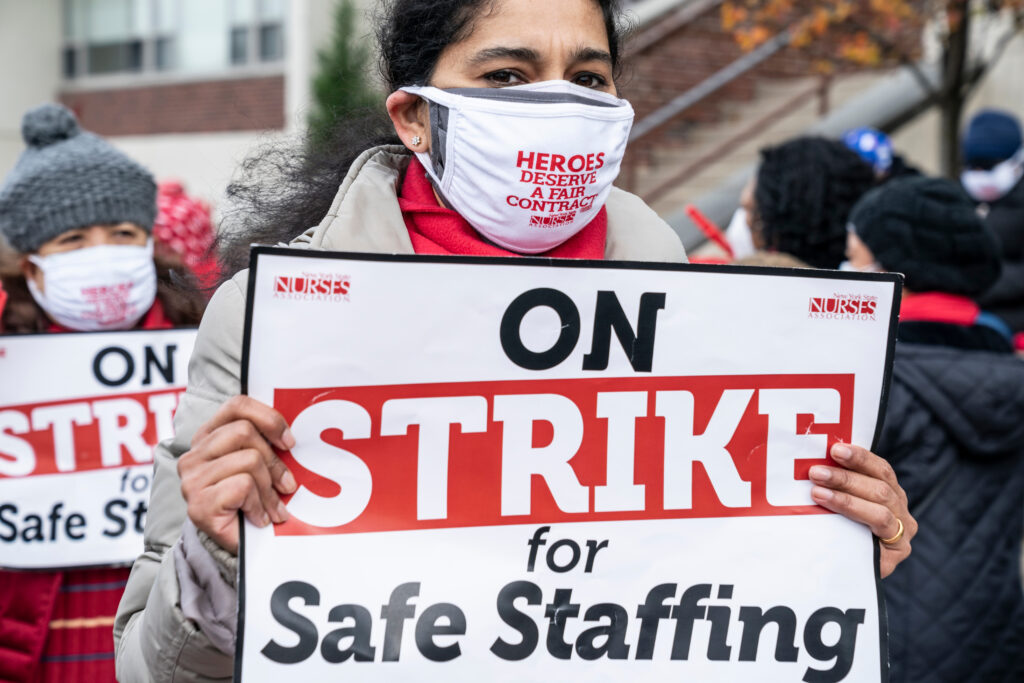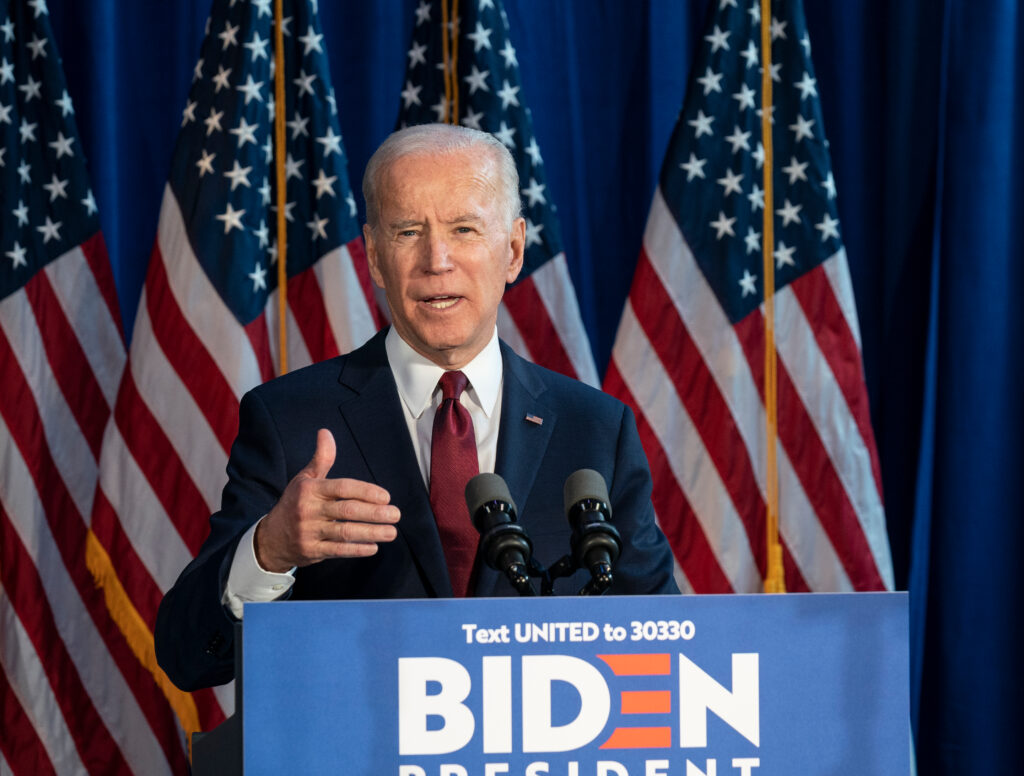Walk offs en masse, high-profile strikes, and the popularity of unions at its highest level since the 1960s. 2021 has been an outlier concerning the labour situation in the United States. Workers from a wide variety of industries such as healthcare, manufacturing, transportation, and education went on strike last year, some of which are still ongoing. In the course of 2020, around 140 000 people went on strike, while 47 million people voluntarily quit their jobs. This resignation of millions of Americans has been dubbed the “great resignation” and has lately been the defining feature in the US due to its media presence and impact on the American job market. Having said that, this situation is part of a much larger picture in which American workers have started to change their outlook towards work.
April 2021 marked the start of the longest strike during the pandemic which is still ongoing. 1100 miners of the company Warrior Met Coal in Alabama laid down their work to protest for better labour conditions. This strike is also the longest in Alabama’s history. The miners demand better union contracts, better pay, reduced health care costs, and more time with their families. But perhaps most importantly, they want to feel respected by their employer.
The company has so far refused to give in to these demands. The workers have been told that the company could afford to do so but simply does not want to: “We have the money to pay what you’re asking, we do not have the desire to.” The strike has received support from Elizabeth Warren and Bernie Sanders. Some are wondering whether or not the US Department of Labour would step in and help negotiate a deal. This was the case in January when the secretary of the department helped to end the stalemate of the longest nurses’ strike in Massachusetts’ history, which lasted for 10-months.


Even though the number of strikes has decreased compared to the previous years, the activities organised by the workers have broadened as the reasons behind them have changed. Liz Schuler, the president of the American Federation of Labour and Congress of Industrial Organizations (AFL-CIO), the main union federation of the country, suggests that the pandemic’s effects on the workers’ self-worth might be a major reason for the strikes. In the course of the COVID-19 outbreak only people in “essential” jobs like health care and public service were allowed to continue their work. It was the sacrifices made by those essential workers that have awakened the current labour conflict in the country.
Looking further into 2022, even more strikes are to be expected. According to a Bloomberg analysis, over 200 big union contracts will expire by the end of 2022 which cover 1.3 million workers. With unions on the top of the agenda due to high profile strikes, and the fact that workers are feeling more empowered, 2022 could be an explosive year.
Let’s return to the mentioned “great resignation” which has had perhaps a more noticeable effect on the current labour market compared to the strikes. The resignation amongst labourers that occurred en masse during 2021 has resulted in a labour shortage all around the United States. The results are that the labour market is now more in favour of the workers than before: Employers were forced to raise wages or are at least planning to do so within the near future in order to recruit workers.
The pandemic and the “great resignation” have affected how and under which conditions the American individual is willing to work in the future. The freedom to work from anywhere has become a highly popular commodity for people who are looking for a job. The freedom to work remotely is now so sought after that, in some instances, employees even choose it over a pay rise. There has also been an increase of roughly 500 000 self-employed people since the start of the pandemic. In other words, professionals have been able to choose where they work, and thus taken more control over their careers.
The impact that the changing working environment has had on transforming people’s lives during the pandemic hasn’t gone unnoticed by the decision-makers in Washington, DC. President Joe Biden has for example promoted unionisation of federal workers. Additionally, the administration has set up a task force that contains thirteen members of his cabinet ministers led by Vice President Kamala Harris. Its mission is to ensure that no money given to federal contractors is used in anti-union campaigns. This task force has also demanded that barriers prohibiting pro-union discussions on federal grounds are to be dropped.


Joe Biden, who is considered to be the most pro-union president in US history, has also been sympathetic to the strikers. He criticised the mega-concern Kellogg’s for hiring permanent replacement workers after striking unionised employees struck down a new contract, calling it an attack on the strikers livelihood and their families.
With a rise in worker activity, professionals being provided more control over their lives, and political support from powerful political figures, there is something brewing in the country. What can all this tell us about the future of the American worker? What we do know is that the pandemic has seemed to change the US labour landscape for the better. Now one can only hope that these dynamics will lead to systemic changes. Although the timeline is yet uncertain, considering the country’s historical track record, the American worker may be headed toward a more just future.
Christopher Fletcher Sandersjöö




